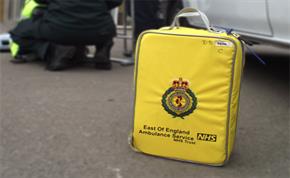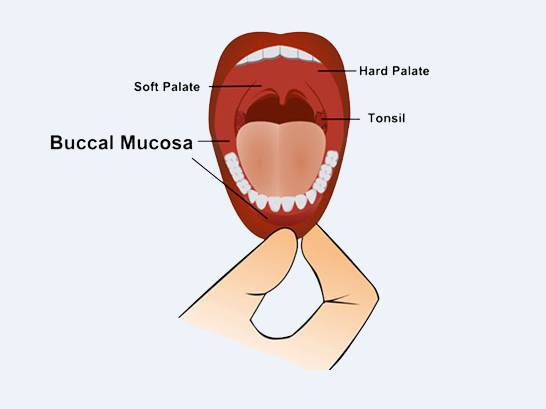
Diazepam has been a treatment option available to paramedics for years.
Administered rectally or intravenously, it is a well-known, proven and familiar treatment option for lengthy seizures. But administration of diazepam is often intrusive and at times unpleasant, so there is ongoing research to find a more socially accepted means of administration, like a nasal spray for example.
Over the last few years, buccal (trans-mucosal) administration of midazolam has been proven to be just as effective as rectal diazepam, and is certainly easier to administer - particularly for children.
In practice
Although we use diazepam as an anti-epileptic drug in the Trust, it’s important to be aware of the benefits of midazolam in the private or community setting. Patients or care homes often have access to midazolam, and in most cases carers or parents are trained to administer it. It is appreciated that this is not a licensed use of the medication, but responsibility for the medication is taken by the prescribing consultant (who is prepared to prescribe because of the improvement to the child’s quality of life, which can be identified through this type of administration).
The National Institute for Health and Care Excellence guidelines state: When possible, clinicians should choose which anti-epileptic drug to offer on the basis of the presenting epilepsy syndrome. If the epilepsy syndrome is not clear at presentation, base the decision on the presenting seizure type(s).
Buccal midazolam or rectal diazepam should only be used in the community for children, young people and adults who have had a previous episode of prolonged or serial convulsive seizures.
In addition, buccal midalozam should be administered as first-line treatment in children, young people and adults with prolonged or repeated seizures in the community.
Detailed epilepsy treatment guidance can also be found on the NICE website.
So what’s the difference?
A US research study by McMullan concluded that midazolam is, by any route, superior to diazepam for the treatment of status epilepticus. It showed that non IV midazolam is as effective as IV diazepam in seizure cessation and administration was much faster; mainly due to not having to obtain IV access.
Midazolam is commonly used for sedation in medical procedures and acts similarly to diazepam.

Administering buccal midazolam
Midazolam buccal (epistat) comes in strengths of 10mg/1ml to reduce the risk of choking.
Midazolam buccal liquid should be given as an emergency measure - not as regular medication - and the liquid should be carefully administered following advice of the prescribing consultant. The consultant will provide a protocol to follow that is specific to the child, and these instructions will be explicit in nature and fully documented in the child’s care plan.
When administering it:
Got a question? Leave us a comment below…
Published 27th August, 2015